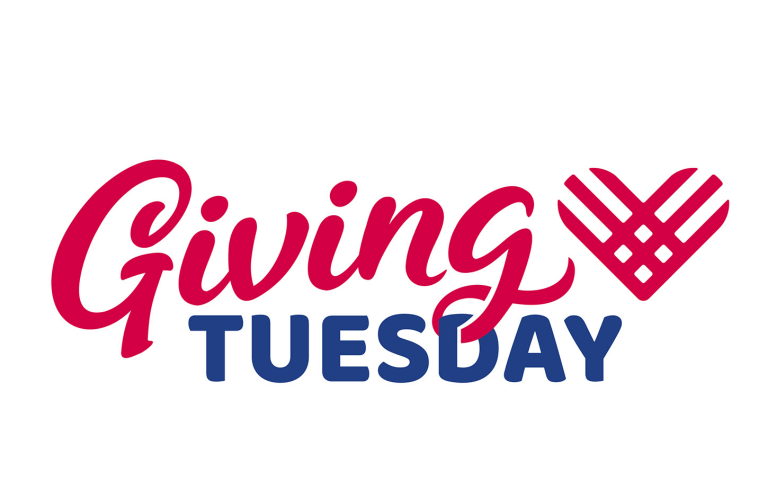GivingTuesday 2022 generated $3.1 billion for U.S.-based nonprofits alone, a 15% increase compared to 2021’s $2.7 billion and a 25% jump from 2020’s $2.47 billion, according to the statisticians at GivingTuesday Data Commons.
The now 10-year-old global fundraising and service event held on Tuesday, Nov. 29 saw more than 37 million funders within the United States participate. Globally, people in an estimated 85 countries participated in GivingTuesday.
In 2022, countries boasted dedicated national movements, with Burkina Faso, Côte d’Ivoire, Cyprus, Democratic Republic of Congo, Eswatini, North Macedonia and Zimbabwe joining as official GivingTuesday country movements this year. Even funders in war-torn Ukraine participated in GivingTuesday 2022 activities.
“GivingTuesday 2022 was another impactful day of community-centered generosity, where people in every single country in the world collectively prioritized giving back and celebrated that we all have something to give and we all can create change,” Asha Curran, Chief Executive Officer of GivingTuesday said via a statement.
The U.S. nonprofit community welcomed the increase in donations, but not all metrics were positive. For example, The National Women’s Law Center in Washington, D.C. raised $44,405.24 through 310 donations, for an average contribution of $143.24. While the total generated was more than $2,000 higher than the $42,075.61 realized during GivingTuesday 2021, gross donations dropped from 322 a year ago, when the average donation amount was $130.66. Totals raised for the organization during the last four years of GivingTuesday ranged between $20,000 and $50,000.
This year had a sweetener, however. An anonymous donor matched the first $25,000 raised by the organization during the event.
Even without the matching gift, the Center easily surpassed its modest $25,000 goal for this year’s GivingTuesday campaign. Leadership’s expectations for the day were tempered because the organization had held its 50th anniversary gala, which raised more than $2.2 million, on November 19 at the Kennedy Center in D.C.
“The takeaway for us and most others this year was fewer donors but a higher average gift amount than last year,” Giselle Pole, director of philanthropic engagement for the National Women’s Law Center told The NonProfit Times. “We sort of expected the results we saw in part because we set a rather low goal for ourselves this year, but the results were also in line with what we’re hearing from our colleagues at other nonprofits.”
“I’ve heard a few reports out from larger organizations and results are mixed,” said Shannon McCracken, chief executive of the Nonprofit Alliance in Washington, D.C. “One organization was well up over last year, and another said it was a very good day but they still fell a little short.
Anecdotal evidence from various donation-facilitating platforms further supports the mixed-bag nature of the day. San Diego-based cloud fundraising software company Classy processed more than $44.1 million in donations from 277,353 funders for an average donation amount of around $159. During GivingTuesday 2021, Classy processed more than $39.2 million in donations from 254,002 donors, for an average donation amount of $154.54.
Fort Washington, Pa.-based fundraising platform provider DonorPerfect was reporting just under $44.3 million raised from 123,153 gifts given by 118,957 as of Wednesday evening, but according to indications on the firm’s website these figures are preliminary. During GivingTuesday 2021, DonorPerfect processed $61 million from 160,000 gifts received.
One of the largest players in the sector, Blackbaud, no longer publicly announced revenue raised on its platform but does report the data to GivingTuesday Commons, a Blackbaud spokesperson said.
Digital fundraising platform Qgiv, Lakeland, Fla., did not release specific numbers, but in a statement announced that while the total number of GivingTuesday donations made through it was 5% higher than seen in 2021, the average donation amount slipped by 4%.
“There’s no doubt the past year has been difficult for nonprofits,” Todd Baylis, Qgiv’s president and co-founder said via a statement. “The Great Resignation and rising costs have heavily impacted our sector and the donors who support it. Despite these challenges, generosity continues to be strong. The nonprofits who continue to make appeals and participate in GivingTuesday broaden their donor bases and dollars raised.”
The spirit of giving held across the planet. Among several notable global events highlighted by GivingTuesday’s home office:
* GivingTuesday Ukraine hosted an online festival of giving where 1,000 people shared words of kindness, made donations to local organizations, and inspired each other by posting about their good deeds. They also added 200 new generosity initiatives on their Map of Good Deeds.
* GivingTuesday Pakistan and 70 volunteers visited flood-affected areas to bring much-need supplies and support to communities in crisis after the devastating floods that ravaged regions across the country in June.
* GivingTuesday’s SPARK youth leaders worldwide encouraged others to give back with their generosity projects, including the Kenya SPARK group’s community cleanup in the town of Mathare and their football match to raise awareness about the dangers of substance abuse, 12-year-old Sammie Vance who had more than 3,000 kids signed up to participate in her project to share smiles, and 6-year-old Kollin Matthews who teamed up with retailer Bombas to donate 2,022 pairs of socks to orphans.
GivingTuesday was created in 2012 at the 92nd Street Y in New York City and incubated in its Belfer Center for Innovation & Social Impact. Its founders include Asha Curran, the current chief executive officer of GivingTuesday who was at the Belfer Center and Henry Timms, who was head of the 92nd Street Y and is now president and CEO at Lincoln Center in New York City.
*****
The NonProfit Times writers Paul Clolery and Eric Obernauer contributed to this story.











